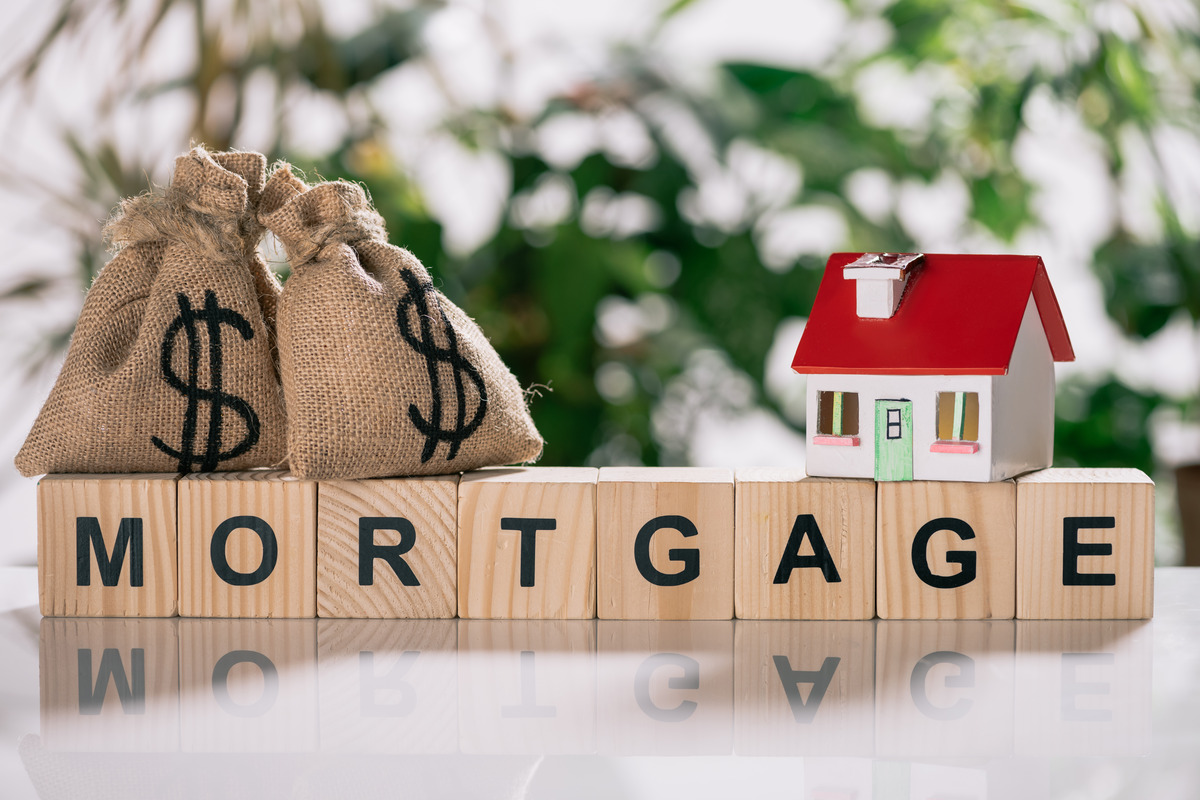Mortgage rates are a critical factor for homebuyers and homeowners alike, shaping affordability and influencing decisions to buy, sell, or refinance. As we navigate 2025, understanding how current rates stack up against the past decade provides valuable context. From the record lows of the early 2020s to the sharp increases of 2022 and 2023, the last ten years have been a rollercoaster for mortgage rates. This article examines the historical trends of 30-year fixed mortgage rates, compares them to 2025’s landscape, and explores what’s driving today’s numbers—all while offering insights into what this means for you.
A Look Back: Mortgage Rates from 2015 to 2024
The past decade has seen dramatic shifts in mortgage rates, largely tied to economic conditions, Federal Reserve policies, and global events. Here’s a year-by-year snapshot based on historical averages:
- 2015: Rates averaged around 3.85%, reflecting a stable post-recession recovery.
- 2016: A slight dip to 3.65% occurred, bolstered by global economic uncertainty after events like Brexit.
- 2017: Rates rose modestly to 4.0%, as the Fed began tightening monetary policy.
- 2018: Climbing to 4.54%, rates responded to stronger economic growth and inflation pressures.
- 2019: A decline to 3.94% came as the Fed paused rate hikes amid trade tensions.
- 2020: The COVID-19 pandemic drove rates to a historic low of 3.11%, with emergency Fed cuts pushing borrowing costs down.
- 2021: Rates stayed low at 2.96%, supporting a housing boom despite rising home prices.
- 2022: A sharp spike to 5.34% hit as inflation soared and the Fed aggressively raised rates.
- 2023: Rates peaked at 6.81%, the highest in over a decade, cooling the housing market.
- 2024: A slight retreat to 6.7% signaled cautious optimism as inflation eased.
This decade-long journey shows a clear pattern: rates hovered in the 3-4% range for years before surging in response to inflationary pressures and policy shifts.
Where We Stand in 2025
As of early April 2025, the average 30-year fixed mortgage rate hovers around 6.65%, according to recent data. This marks a modest decline from 2023’s peak but remains elevated compared to the sub-4% rates that dominated much of the 2010s and early 2020s. While 6.65% feels high to those accustomed to pandemic-era lows, it’s closer to the long-term historical average of just under 8% (since 1971). In the context of the past decade, 2025 rates are among the highest, surpassed only by 2023’s 6.81%.
Several factors are shaping 2025’s rates:
- Federal Reserve Actions: After rate cuts in late 2024, the Fed has held steady in early 2025, awaiting clearer signals on inflation and unemployment.
- Economic Uncertainty: Policy shifts, including potential tariffs, have kept Treasury yields volatile, influencing mortgage rates.
- Housing Market Dynamics: High home prices and low inventory continue to challenge affordability, even as rates stabilize.
Comparing 2025 to the Past Decade
The Lows of 2020–2021
The early 2020s offered unprecedented affordability with rates dipping below 3%. A $300,000 mortgage at 2.96% (2021) meant a monthly payment of about $1,256. In contrast, at 6.65% in 2025, that same loan costs $1,928—over $670 more per month. This gap underscores how much borrowing power has eroded.
The Highs of 2022–2023
The rapid rise to 5.34% (2022) and 6.81% (2023) mirrored 2025’s current range. These years saw affordability plummet, with home sales dropping to near 1995 levels. Today’s 6.65% is a slight relief from 2023’s peak but still reflects a high-rate environment compared to the decade’s earlier years.
The Mid-Range Years (2015–2019)
Rates between 3.65% and 4.54% defined the mid-2010s, a period of relative stability. At 4.0% (2017), a $300,000 loan cost $1,432 monthly—nearly $500 less than 2025’s rate. This comparison highlights how 2025 aligns more with the decade’s upper end than its midpoint.
What’s Driving the Difference?
The past decade’s low-rate era was fueled by aggressive Fed stimulus and a slow post-recession recovery. In contrast, 2022–2025 rates reflect a response to rampant inflation, tighter monetary policy, and economic resilience. While 2025’s 6.65% isn’t the decade’s peak, it’s a far cry from the sub-3% days, driven by a shift from emergency measures to normalization.
What This Means for Homebuyers and Homeowners
For buyers, 2025’s rates mean higher monthly payments and reduced purchasing power compared to most of the past decade. However, they’re not historically outrageous—rates topped 18% in 1981. For homeowners considering refinancing, the decision hinges on their current rate. Those locked in below 4% from 2020–2021 may find little incentive, while recent buyers at 7% might see modest savings.
Looking Ahead
Forecasts suggest rates could ease to 6.4%–6.5% by late 2025, per the Mortgage Bankers Association, assuming inflation cools further. Yet, volatility remains a wildcard, with economic policies and global events in play. Compared to the past decade’s extremes, 2025 sits in a middle ground—neither a bargain nor a crisis.
Conclusion
In 2025, mortgage rates at 6.65% mark a return to a higher-rate norm after years of historic lows. The past decade’s journey—from 2.96% in 2021 to 6.81% in 2023—shows how quickly conditions can shift. While 2025’s rates exceed most of the 2015–2024 period, they align with longer-term averages, offering a reality check for those eyeing the housing market. Whether you’re buying or refinancing, understanding this historical context can guide your next steps in today’s evolving landscape.
